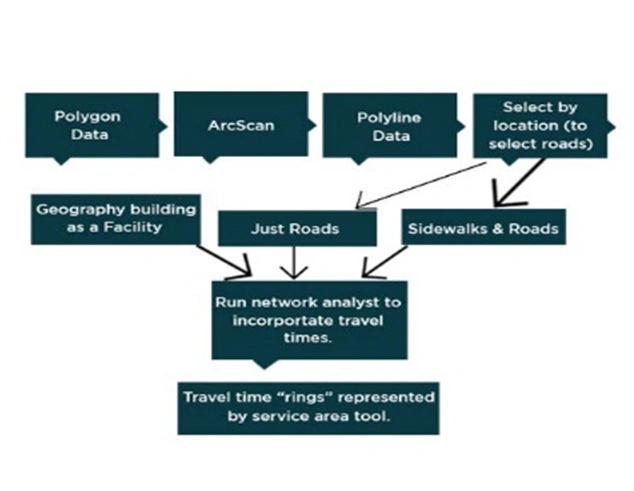
An Overview of Fixed Effects Assumptions for Meta-Analysis
November 5, 2020
List out the Challenges of Machine Learning
November 13, 2020In-Brief
- In a Systematic Review Writing, the network analyst is a bioinformatics tool designed to perform efficient PPI network analysis for data generated from gene expression experiments the following contents explain about the network analyst and their methods, in brief, using the help of pubrica blog.
- Systematic Review writing Services for network analysis purposes explain you about the integrative visualization of data expression used in health care sectors.
Introduction
After conducting a systematic review, there are three significant steps involved in PPI analysis
- To identify the gene or protein of interest which includes differentially expressed genes, mutated genes, genes with copy number variations, the gene with nucleotide polymorphism and gene-targeted by microRNAs
- The input data is to search and find binary information from a systemized PPI database
- There are two complementary approaches performed in the third step, Topology analysis and Module analysis
Network analyst combines all three steps and provides result via a robust online network visualization framework, the key features of the network analyst from a systematic review paper are
- Supports gene or protein list and single or multiple gene expression data
- Flexible differential expression and analysis for multiple experimental designs
- Multiple options provide the control of network size
- Interactive network visualization with other features such as facile searching, zooming and highlighting by writing a systematic review
- Supports topology, module and shortest-path analysis
- Functional enrichment analysis on current selection includes GO, KEGG, Reactome
- Customize options with layout, edge shapes and node size, colour, visibility
- Network features including node deletion and module extraction
- The output downloads the network files (edge list, graphML), Images (PNG, PDF) and Topology or Functional analysis result
The current version allows analysis and rapid visualization of resulting PPI networks from small to large size (100-1000s nodes)
Program description and methods
There are three significant steps in working of network analyst based on Systematic Review writing
- Data processing to identify the genes
- Network construction for mapping, building and refining networks
- Network analysis and visualization
Data processing
Data processing involves
- Data formats and uploading
- Data processing and annotation
- Data normalization and analysis
Network construction
Network analyst will give a detailed, high-quality PPI database obtained from InnateDB in the International Molecular Exchange (IME) Consortium. The experimental PPI database is from IntAct, MINT, DIP, BING, and BioGRID. The database consists of 14,775 proteins, 1, 45,995 experimentally confirmed interaction for humans and 5657 proteins, 14,491 interactions for mouse
For every individual protein, a search algorithm is created, which is capable of direct interaction with seed protein. The results utilize to build the default networks. The users advise controlling the number of nodes within 200 to 2000 for practical reasons because larger systems lead to Hairball effect

Hairball effect
When the network becomes large and complex, it suffers from the hairball effect, which significantly affects the practical utilities and uptake. Two steps follow to resolve this issue
- Trimming the default network to retain only those significant nodes or edges
- Developing better visualization methods to reduce edge and node occlusion
Network analysis
There are five significant panels
- Network explorer- shows all networks created from seed proteins
- Hub explorer – consist of detailed information of nodes within the current network
- Module explorer -permits the user to decompose the current network into condensed modules
- Functional explorer – permits the user to detect the shortest path between two nodes
Network visualization
There are certain events recommended to follow for visualization and these events are carried using the mouse, there are various user-friendly options are available such as
- Node display option
- Network option
- Node deletion and module extraction
Implementation
The construction of Network analyst interface using java server faces 2.0 technology relies based on visualization is sigma. Js Java script library, backend statistical computation was implemented using R program language, construction of the layout algorithm based on Gephi tool kit, PPI database are stored in Neo4j graph database. The network analyst takes a test with major modern browsers with HTML support such as Google Chrome, Mozilla Firefox and Microsoft Internet Explorer
Limitations
- PPI database may contain false positives
- Unable to determine new interactions which are condition-specific
The plans include
- Increase its support for more organisms
- More updates in the Visualization field
Conclusion
Biological network analysis is difficult to get insight into complex diseases or biological systems, network analyst easy to use web based tool assist bench researchers and clinicians to perform various tasks and highly user friendly. Pubrica helps you to know about the workflow of network analyst in a detailed manner with writing a systematic literature review for future purposes.
References
- Guan, Y., Xu, F., Wang, Y., Tian, J., Wen, Z., Wang, Z., & Chong, T. (2020). Identification of critical genes and functions of circulating tumour cells in multiple cancers through bioinformatic analysis. BMC medical genomics, 13(1), 1-11.
- Xia, J., Gill, E. E., & Hancock, R. E. (2015). NetworkAnalyst for statistical, visual and network-based meta-analysis of gene expression data. Nature protocols, 10(6), 823-844.
- Zhou, G., Soufan, O., Ewald, J., Hancock, R. E., Basu, N., & Xia, J. (2019). NetworkAnalyst 3.0: a visual analytics platform for comprehensive gene expression profiling and meta-analysis. Nucleic acids research, 47(W1), W234-W241.




